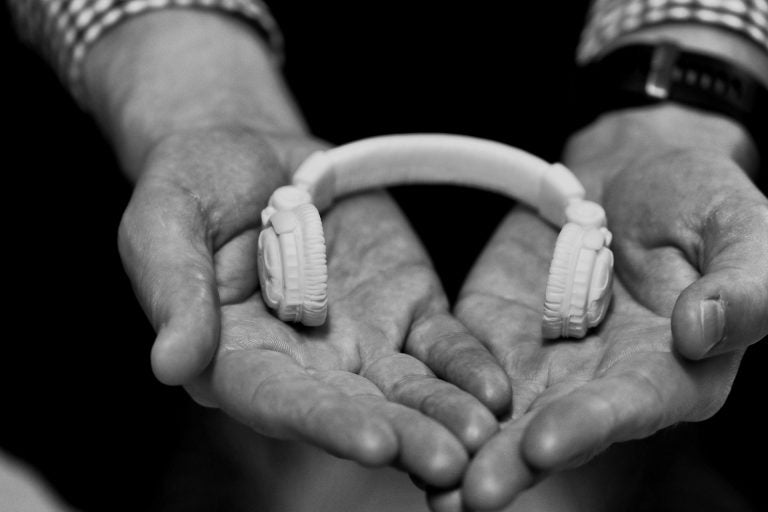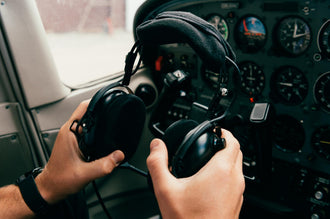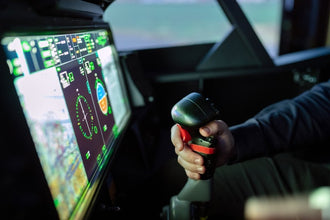
Wired Vs Wireless – Is It Time To Cut The Cord?
- 15 Mar, 2021
While the general public has embraced wireless headphones for music-listening and mobile calls, pilots of fixed-wing aircraft and helicopters have been slower to move from wired to wireless solutions. The reasons for this are multi-faceted, but until recently boiled down to a lack of available options and an understandable reluctance on the part of pilots to change from tried and tested to the new and unproven. With improvements in technology, wireless aviation headsets are becoming a more viable option for pilots, but are they good enough to warrant the switch? In this blog, we weigh up the pros and cons of cutting the cord, helping you decide.
Convenience, with drawbacks
The biggest advantage wireless headphones offer is right there in the name – no more getting tangled up in seemingly miles of insulated cable and no more kinks and bends from improper storage. A cleaner solution that’s perfect for aircraft with smaller cabins, they none-the-less suffer from the shortcomings that plague all wireless devices.
Wired headphones have been the preferred solution for hi-fi audio enthusiasts for decades with good reason – nothing beats a cable for consistency and signal strength. Even the most advanced wireless headphones rely on compressing both the input and output audio, which can lead to a reduction of quality in sound. What’s more, even when equipped with frequency hopping capabilities, there is still a chance of interference affecting the quality of the signal, potentially leading to drop-outs or static.
The lessons learned by hi-fi enthusiasts can be applied to the high-pressure environment of the cockpit. While technology has improved to the point where interference or over-compression are unlikely to affect signal quality, there is still the chance that something could go very wrong with your expensive headset at precisely the wrong time.
Batteries not included
Power supply is another key factor to take into consideration. With wired headphones, batteries only need to be considered for active noise-cancelling systems, the microphone taking power from the aircraft radio. Pilots flying with wireless headsets will be required to include a pack of batteries in their flight bag for those awkward moments. Pilots with wired headsets need batteries for their system, but in the event of ANR failure, the headset simply becomes a passive headset.
What’s worse is that many wireless headphones proudly boast of their rechargeable batteries. These obviate the need for disposable batteries, but mean that in the event that you run out of power for your headphones mid-flight there is no way to get them working again until you touch down and can find a power-point. Conscientious pilots will probably then end up carrying a back-up wireless pair, meaning you’re back to square one.
The reliable choice
When it comes down to it, wired is still the way to go. Not only do they avoid many of the pitfalls of wireless headsets, they’re also cheaper and lighter – no carrying a set of batteries in your earcup.
One aspect it’s important to keep in mind is maintenance. When – not if, when – it breaks, who do you send it too? The incredibly complexity of many of the wireless headsets on the market mean the only way to get them properly serviced is to send them back to the manufacturer at enormous expense. Wired headsets are a known quantity – any technician worth their salt will be able to repair them quickly, easily and cheaply.
If you’re looking for a quality wired headset that delivers the features and the convenience you need for your next flight, look no further than the range at Pilot Communications. Browse our collection today and discover something for you.




